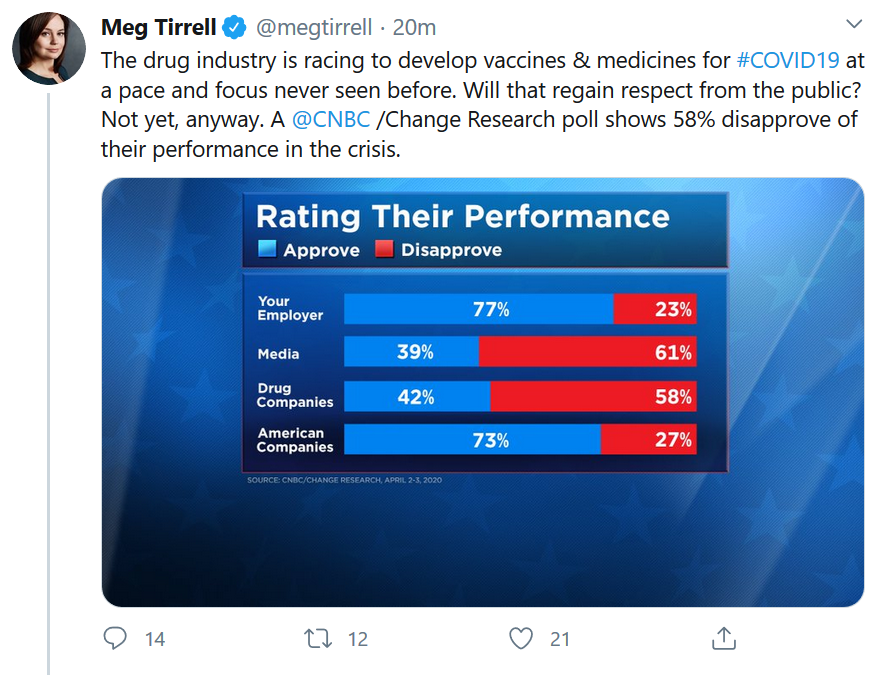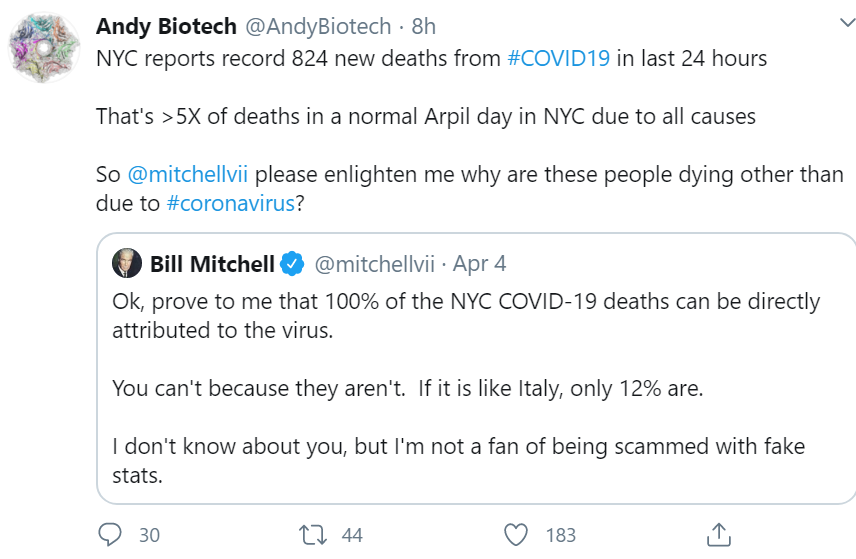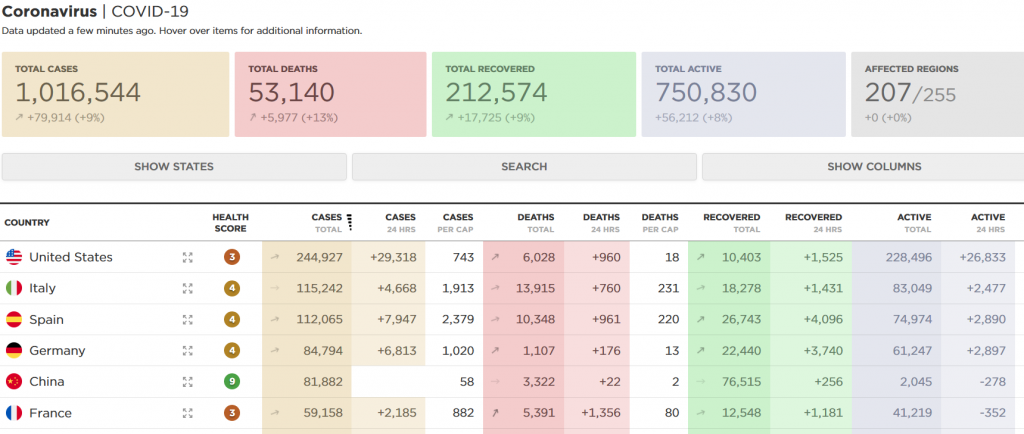Get In-depth Biotech Coverage with Timmerman Report.
14
Apr
2020
A Healthcare Investor, and Doctor, Peering into the Fog
Please subscribe and tell your friends why it’s worthwhile. Quality journalism costs money. When you subscribe to Timmerman Report at $169 per year, you reward quality independent biotech reporting, and encourage more.


















